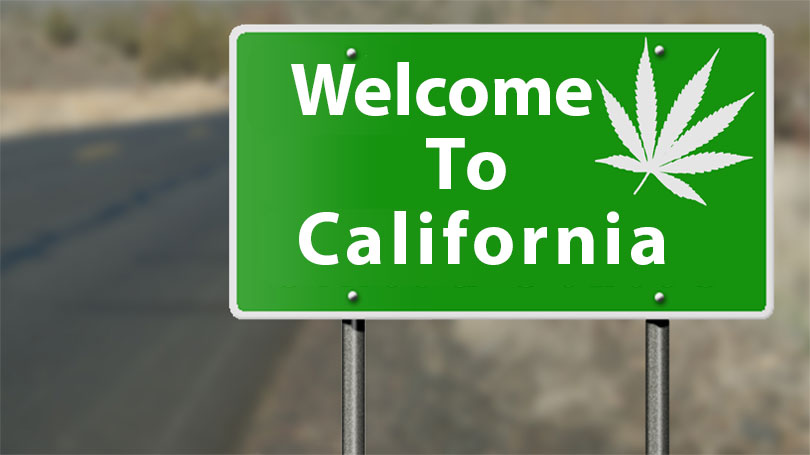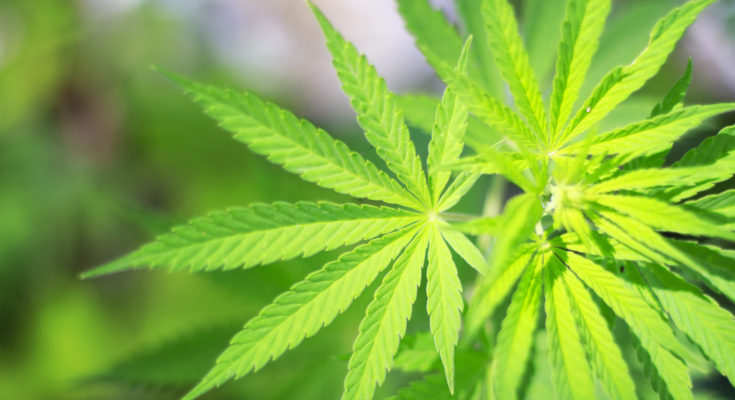Friday is April 20, or 4/20. That’s the numerical code for marijuana’s high holiday, a homage to pot’s enduring appeal and universal slang for smoking.
Festivities are planned worldwide, culminating with a synchronized smoke at 4:20 p.m.
How the marijuana-loving world came to mark the occasion is believed traceable to five Northern California men now in their 60s with bad backs and graying hair. They are the unofficial grandmasters by virtue of the code they created nearly 50 years ago as students at a suburban San Francisco high school in 1971.

“We thought it was a joke then,” said David Reddix, a filmmaker and retired CNN cameraman. “We still do.”
Reddix and his four buddies — Steve Capper, Larry Schwartz, Jeff Noel and Mark Gravich — were a stoner clique who hung out at a particular wall between classes at San Rafael High School. They dubbed themselves “The Waldos,” a term coined by comedian Buddy Hackett to describe odd people.
One fall afternoon in 1971 a non-Waldo classmate came to the wall with an intriguing tale and a crudely drawn map.
The map purported to show the location of a marijuana garden in the forest of nearby Point Reyes National Seashore. The classmate said the pot patch belonged to his brother-in-law, a Coast Guard reservist stationed at Point Reyes.
The classmate explained his brother-in-law, paranoid of exposure and washing out of the reserves, was renouncing ownership of the garden. He handed Capper the map and said The Waldos were welcome to the marijuana.
The five excited friends made plans to find the weed after school and decided to meet in front of the school’s statue of Louis Pasteur at 4:20 p.m., when two of them finished football practice.
They piled into Capper’s 1966 Chevy Impala, popped in a Grateful Dead 8-track tape and passed around joints as they drove the 45 minutes to the coast.
The five, now firmly middle-class fathers dressed in Polo shirts and khaki pants, laugh about tumbling out of a marijuana smoke-filled car when they arrived at their destination.
“It was straight of a Cheech and Chong movie,” Schwartz said.
They didn’t find the patch that day, but vowed to keep searching. They would pass in the halls and whisper “420 Louis” to each other if a new attempt was planned, indicating they should meet at 4:20 p.m. at the Pasteur statue.
The patch was never found.
“We were probably too stoned,” Schwartz said.
But the “420 Louis” stuck as code for “let’s get high at the statue after school.” Soon after, it was shortened to simply 420 and meant “let’s get high anywhere.”
There were myriad reasons for the teens to speak in code about smoking marijuana in 1971. Marijuana’s growing social tolerance was still decades away and people were receiving stiff prison sentences after being caught with even small amounts.
Another big reason: Noel’s father was a narcotics agent for the California Department of Justice.
“He had an inkling we smoked,” Noel said. “But I don’t think he ever caught on to 420.”
The five Waldos never moved far away and all remain close. Gravich’s youngest daughter attends his alma mater and his oldest daughter is a recent graduate. Both say they’ve long been aware of their father’s involvement in creating 420.
“The kids here think it’s pretty cool,” said Julia Gravich, a sophomore.
The code remained confined to The Waldos’ social circle until they began hanging out backstage at Grateful Dead concerts. Reddix’s older brother was friends with band member Phil Lesh and that led to backstage passes and smoking sessions with the roadies and other crew members, who picked up the code.
The number really took off in the late 1980s when flyers were circulated at Dead concerts proclaiming 420 to be the password of stoner culture. The flyers went on to explain that 420 was California police code for marijuana smoking in progress. It’s not, but that and other origin stories continue to circulate to the point that Capper and Reddix have committed themselves to preserving as much proof as they can that they are the originators.
Another big reason: Noel’s father was a narcotics agent for the California Department of Justice.
“He had an inkling we smoked,” Noel said. “But I don’t think he ever caught on to 420.”
The five Waldos never moved far away and all remain close. Gravich’s youngest daughter attends his alma mater and his oldest daughter is a recent graduate. Both say they’ve long been aware of their father’s involvement in creating 420.
“The kids here think it’s pretty cool,” said Julia Gravich, a sophomore.
The code remained confined to The Waldos’ social circle until they began hanging out backstage at Grateful Dead concerts. Reddix’s older brother was friends with band member Phil Lesh and that led to backstage passes and smoking sessions with the roadies and other crew members, who picked up the code.
The number really took off in the late 1980s when flyers were circulated at Dead concerts proclaiming 420 to be the password of stoner culture. The flyers went on to explain that 420 was California police code for marijuana smoking in progress. It’s not, but that and other origin stories continue to circulate to the point that Capper and Reddix have committed themselves to preserving as much proof as they can that they are the originators.
The Waldos also struck their first business deal with a cannabis business. They are endorsing an Oakland company’s vaping pen, which of course will be released on Friday at 4:20 p.m. All five plan to be at the company’s release party and plan to donate proceeds to the Drug Policy Alliance, a nonprofit group that lobbies for marijuana legalization.
“Everyone has cashed in on 420,” Noel said. “Why not us?”









